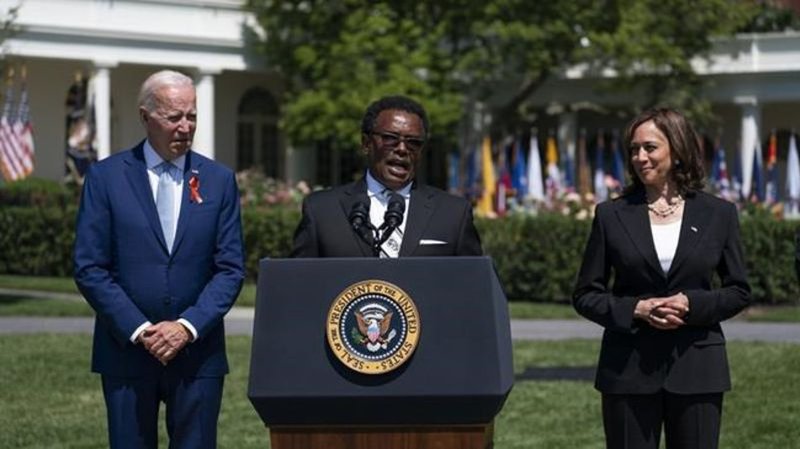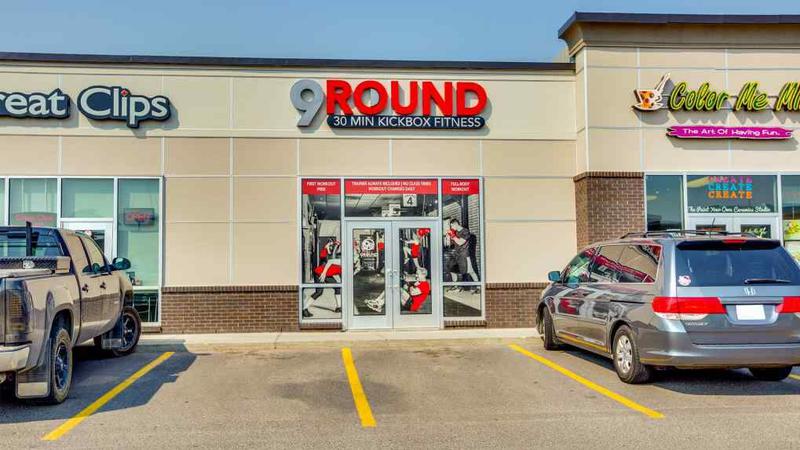
Does airport preclearance offer a model to help U.S. prevent future mass shootings?
WASHINGTON — In a nation of more than 332 million people now outflanked by their own firepower, a Canadian-born professor is preaching the merits of using risk management to prevent mass shootings.
Sheldon Jacobson, who teaches computer science at the University of Illinois Urbana-Champaign, suggests approaching gun safety like air travel: with screening efforts focused on identifying those who pose the greatest danger.
“People think we can bring all these killings down to zero. It’s not going to happen,” said Jacobson, who was born in Montreal and moved to the U.S. in 1983 to go to school.
“What we can do is reduce the risk. And as we reduce the risk, we will reduce the outcome, which is fewer gun violence incidents and ultimately fewer deaths.”


